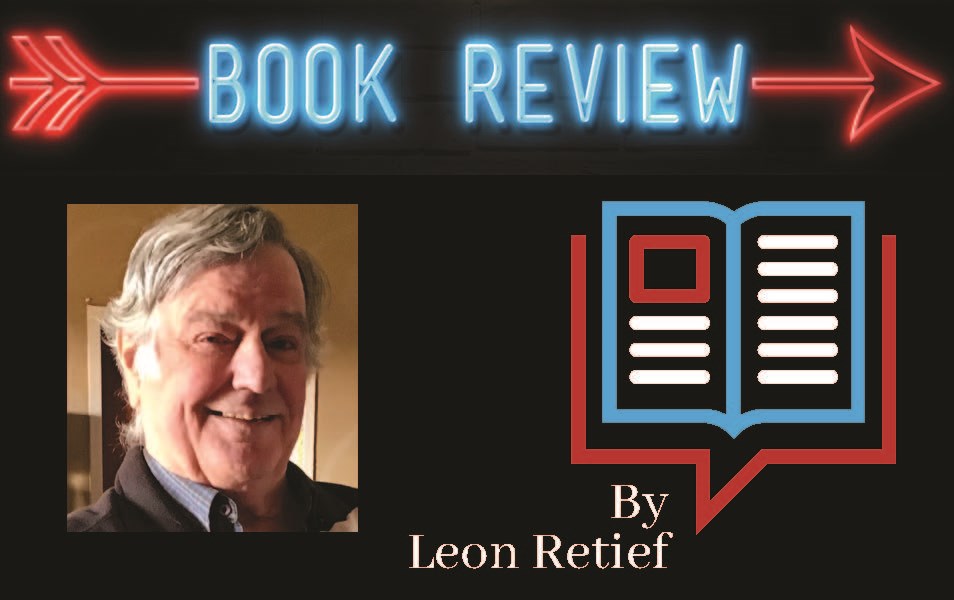This is one of the most remarkable and enjoyable books I have read in a long time. Underland is the darkness hidden below our physical and psychological feet, that which, in a strange manner, beckons as well as repels.
“Into the underland we have long placed that which we fear and wish to lose, and that which we love and wish to save.”
The book is packed with fascinating information (historical as well as scientific, weaved almost unnoticed into the text) and gripping descriptions of Macfarlane’s journeys, which begin in the caves of Somerset: “Beneath the ash tree, a labyrinth unfurls. Down between roots to a passage of stone that deepens steeply into the earth. Colour depletes to greys, browns, black. Cold air pushes past. Above is solid rock, utter matter. The surface is scarcely thinkable.”
In these caves, as in other subterranean places he explored, Macfarlane found depictions of hands on the rocks, hands of unknown people who perished long ago and of whom not even dust remains, but whose unseen hands still, somehow, reach out to us across the eons. Pressing his palms against these images, he felt the cold, hard rock, imagined that the unknown artists stand on the other side, palm to palm with him.
Inside the Parisian catacombs he came to realize that cities need extraction and excavation to survive and develop. With the help of a guide he squirmed and wriggled through passages so narrow that he had to turn his head sideways in order to make progress, discovering a large underground hall where a jolly subterranean party was in progress. Sometimes visitors to the catacombs stay for a week or longer. Not the kind of party I would enjoy, but then, to each his own.
In a salt mine, stretching from the solid soil of Yorkshire for miles under the North Sea bed, he talked to a physicist researching dark matter, in Epping he learned about the “wood wide web”, underground networks of fungi essential to the survival of forests.
In Trebiciano in Italy he climbed a thousand feet down a rickety ladder to an enormous river landscape of underground cliffs and dunes of black sand.
Slovenia’s mountainous terrain and treacherous sinkholes brought him into contact with the disturbing history of slaughter during WW2.
A particularly interesting chapter describes his journey (alone, by foot and in the middle of a freezing winter) from the small Norwegian town Å in the Lofoten peninsula to visit a cave where, three thousand years ago, people left handprints on the rock walls.
Greenland’s ice overwhelms him, the glaciers, the blue color of the ice in the moulins: “Ice left language beached.”
His last visit is to an underground facility where radioactive waste is buried. This leads to another of the ecological discussions in this book: what is this generation going to leave for our descendants, how must we warn them about what we have done to the earth? Not that this is to take sides with St. Greta, but Macfarlane’s book is much more that a mere travelogue of visits to exotic scenery – it is a loving and at times frightening description of humanity, the underland, and what we have done.
The lyrical nature of Macfarlane’s prose is a very enjoyable aspect of this book, even though it is to some extent almost below the surface, so to speak. The scenes and landscapes will remain in every reader’s mind. Some of his memories of dark, threatening, narrow spaces gave me gooseflesh, although of course this is by no means a horror story - on the contrary.
Hands on rock faces is a recurrent theme and Macfarlane elegantly uses this device to end the book, describing a walk with his four-year-old son:
“Later, as we are leaving, he runs on ahead down a tunnel of briar and blackthorn. The tunnel is at first in shadow, but as I watch him run he passes into a place where the sunshine falls so brightly that he is burned up by it, lost to my sight, and suddenly the knowledge that he will die strikes me and every leaf falls from the trees around us and the air greys to ash and colour is utterly lost – and then life and hue pour back into the world as quickly as they were drained from it, and the leaves flicker greenly on the trees again.
I run to catch up with him, calling loudly, and he turns to face me at the edge of the wood. As I kneel down on the earth he raises a hand in the air, fingers spread wide. I reach my hand towards his and meet it palm to palm, finger to finger, his skin strange as stone to mine.”


.png;w=120;h=80;mode=crop)

